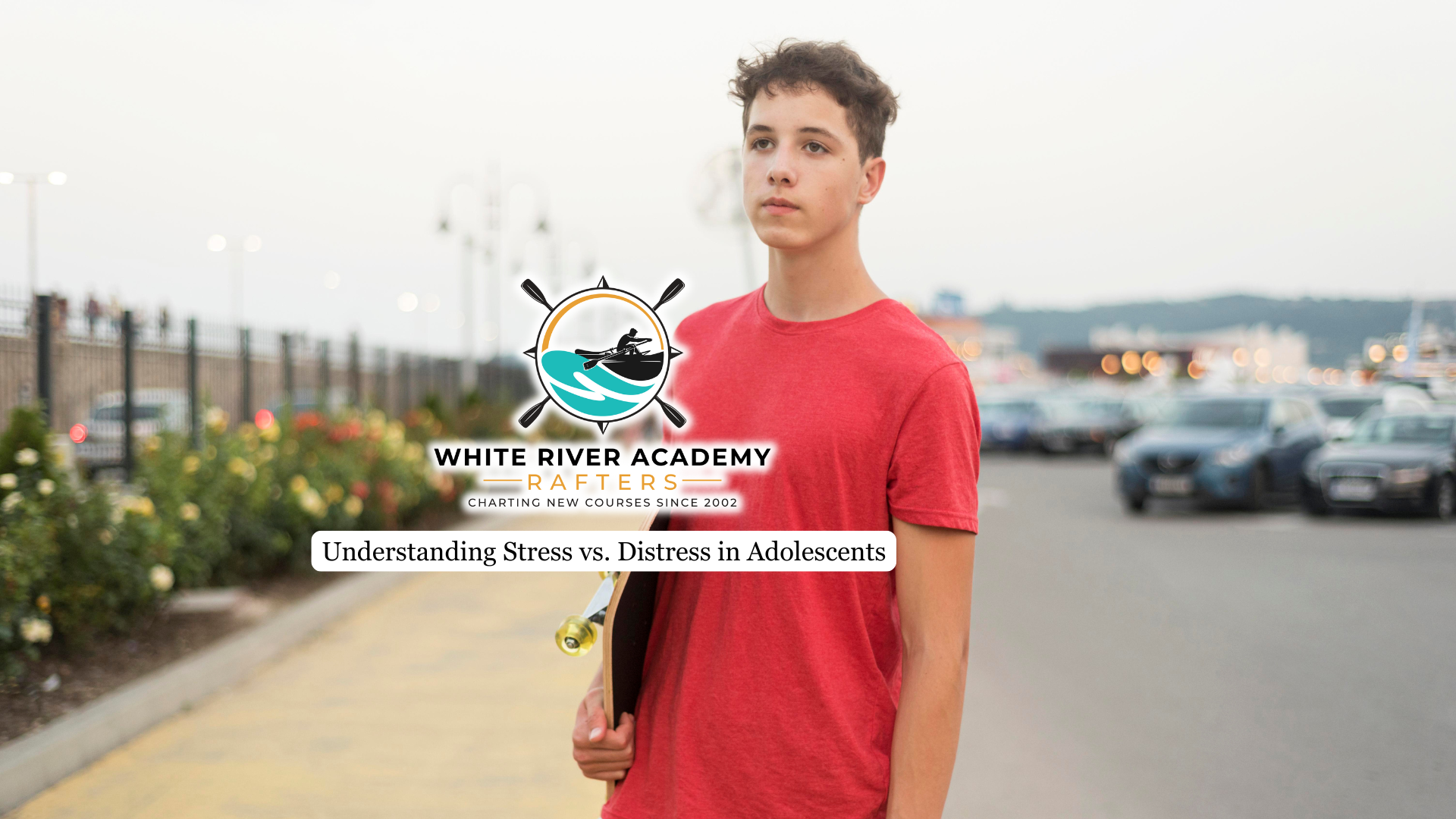In the world of specialized education, boarding schools and therapeutic schools emerge as two unique choices for students with diverse needs. Although both offer residential learning environments, their methods and emphases differ greatly.
This article will showcase the distinct features, advantages, and factors to consider for each type of institution, assisting parents in making well-informed decisions about which setting might be most suitable for their child’s educational and personal growth needs.
What are Boarding Schools?
Boarding schools are educational institutions that provide both academic instruction and residential facilities, enabling students to live on campus throughout the academic year. These schools offer a structured environment that combines challenging academic curricula with a wide range of extracurricular activities, promoting independence, life skills, and character development.
Students typically live in dormitories or boarding houses, often sharing rooms with their peers and supervised by resident advisors or house parents who ensure their well-being. Boarding schools are known for their small class sizes, which allow for personalized attention from teachers, and they often feature a variety of facilities such as libraries, sports fields, and performing arts spaces.
For parents of adolescent boys who are struggling, it can be overwhelming to find the right path towards healing and growth. Boarding schools frequently focus on academic rigor and independence, offering a structured environment for learning and extracurricular activities.
However, boys facing significant emotional, behavioral, or mental health challenges may require a more targeted approach like the program provided by our therapeutic facility:
https://whiteriveracademy.com/troubled-teens-program
What are Therapeutic Schools?
Therapeutic schools are specialized educational institutions designed to support students dealing with behavioral or mental health challenges. These schools combine traditional academic instruction with therapeutic interventions, creating a unique learning environment that addresses both educational and psychological needs. Therapeutic schools typically offer a structured, supportive setting with smaller class sizes, allowing for more individualized attention and care.
They employ a multidisciplinary approach, integrating various therapies such as counseling, behavioral therapy, and sometimes occupational or speech therapy into the daily curriculum.
Unlike traditional boarding schools, therapeutic schools often operate year-round and have stricter rules regarding personal electronics and privileges. These institutions aim to help students develop coping mechanisms, improve social skills, and overcome personal challenges while maintaining academic progress.
Therapeutic schools can be either day programs or residential, with enrollment typically lasting between one and two years.

Key Differences
Primary Focus
Boarding schools primarily focus on academic excellence, character development, and personal growth within a structured environment.
In contrast, therapeutic schools prioritize addressing emotional, behavioral, and mental health challenges while integrating academic instruction. These specialized schools develop individualized treatment plans for each student, providing comprehensive therapy and support to help them build coping skills and emotional resilience.
Length of Stay
Traditional boarding schools usually adhere to the standard academic year format, with students frequently remaining enrolled for several years to finish their education.
On the other hand, therapeutic schools have a more flexible length of stay, typically spanning from 12 to 18 months, based on the specific treatment requirements and objectives of each individual. Certain therapeutic boarding schools may necessitate a minimum commitment of one year, with enrollments occasionally lasting up to two years.
Admission Criteria
Boarding schools usually prioritize academic excellence, extracurricular achievements, and character development. They require transcripts, standardized test scores, recommendation letters, and personal essays for admission. Read more about the benefits of attending therapeutic boarding school here.
Whereas, therapeutic schools focus on the student’s emotional, behavioral, and mental health needs. They frequently require comprehensive assessments of the student’s psychological profile, medical history, and specific challenges. While boarding schools may have fixed admission periods, therapeutic schools typically offer year-round admissions to address immediate needs.
Student-to-Staff Ratio
Traditional boarding schools typically have higher student-to-teacher ratios, with an average range of 6:1 to 12:1.
In contrast, therapeutic schools generally maintain much lower student-to-staff ratios to provide more intensive, individualized care. For example, special education classes in therapeutic settings may have ratios as low as 6:1:1, which means six students, one teacher, and one paraprofessional, for students with very high needs.
Cost and Insurance Coverage
The annual cost of traditional boarding schools typically ranges from $55,425 to $69,150, depending on whether they offer five-day or seven-day programs.
On the other hand, therapeutic boarding schools are considerably more expensive, with costs starting at approximately $9,000 per month, or about $108,000 per year. The higher cost of therapeutic schools is due to the intensive around-the-clock care, specialized staff, and comprehensive treatment programs they provide.
While most traditional boarding schools do not accept insurance for tuition, some therapeutic boarding schools collaborate with insurance providers to help offset costs.
Choosing the Right School
When deciding between a boarding school and a therapeutic school, it’s essential to carefully evaluate your child’s individual needs, difficulties, and future aspirations.
Boarding schools are well-suited for students who excel in structured academic settings and desire opportunities for personal development through extracurricular activities and increased autonomy.
Conversely, therapeutic schools are more appropriate for adolescents dealing with emotional, behavioral, or mental health issues that necessitate intensive therapeutic support in addition to academic instruction.
To determine the most suitable option for your child, it’s advisable to consult with mental health professionals, counselors, and educators.
Factors to consider include the severity of your child’s needs, the school’s therapeutic or academic approach, and the availability of resources such as accreditation and family involvement. These considerations should guide your decision-making process.
Final Thoughts from White River Academy
The decision between a traditional boarding school and a therapeutic program like White River Academy depends on understanding your son’s specific needs. White River Academy offers a path toward healing and lasting change, with its focus on individualized treatment plans, comprehensive therapy, and a supportive, structured environment nestled in the Utah landscape. Our program goes beyond addressing immediate behavioral concerns and equips teens with the coping skills, emotional resilience, and academic support necessary for a successful transition into adulthood.




